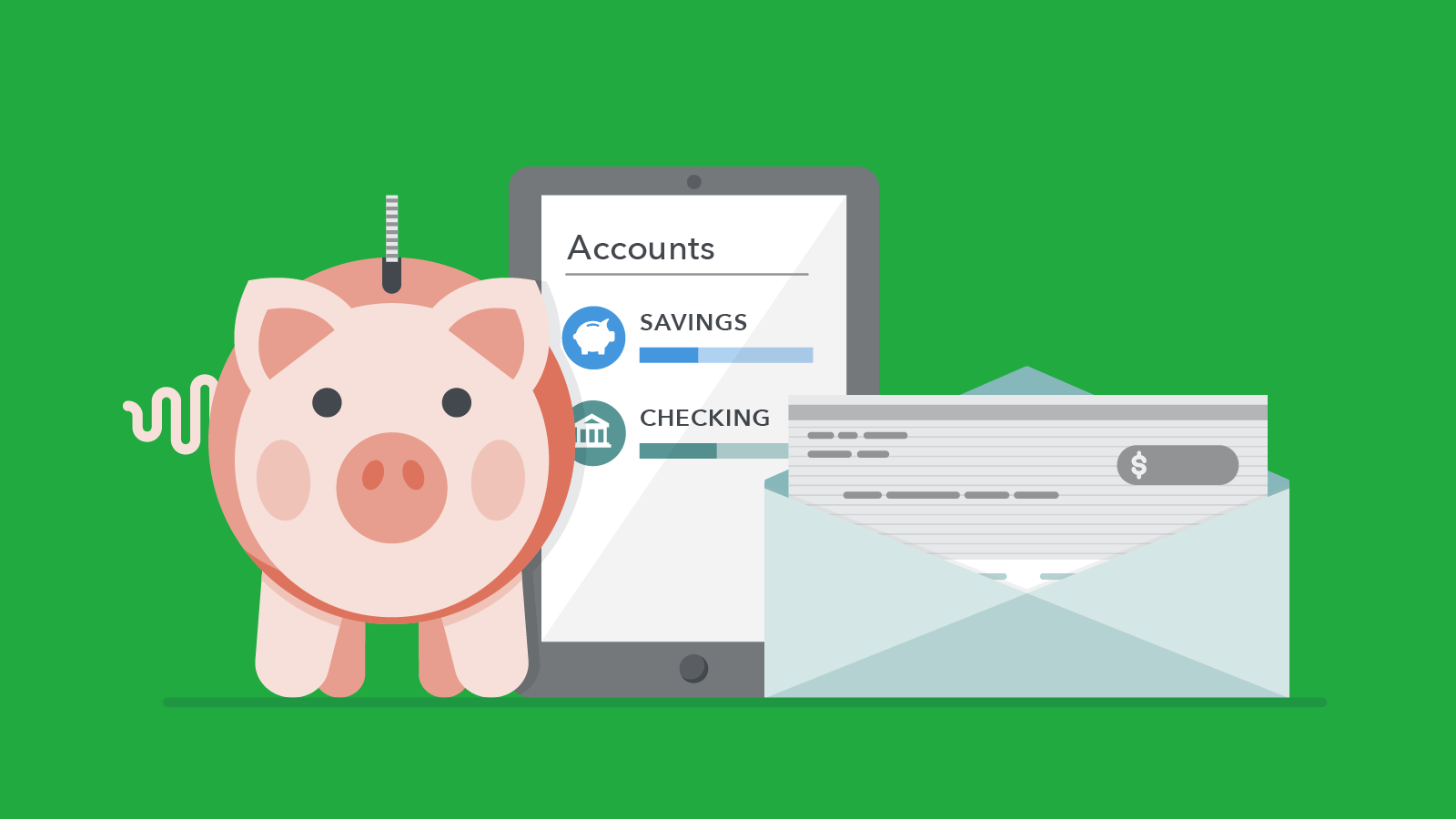3 tips to help you make the most of your tax refund

If you’re having a hard time saving money, you’re not alone. About 34 percent of adults in the US—that’s about 72 million people—report having no emergency savings. Meanwhile, 47 percent of American adults say they wouldn’t have enough savings to last three months if they lost their source of income. Even if you find saving hard, an emergency fund can help cushion financial difficulties. Households facing an emergency without a savings cushion are more prone to long-term setbacks, such as food and housing insecurity.
For many people, making ends meet throughout the year is tough, and saving regularly may seem unrealistic. So if you’re getting a tax refund, why not consider saving some of it? You can use it to build an emergency fund or start a nest egg. Whatever your savings goal, now is a great time to start.
Tax season is short, so you should start thinking now about how you’ll prepare your taxes. Here are some tips to help you navigate the filing process and make the most of your refund.
1. Direct deposit can help you save
Did you know that receiving your refund through direct deposit puts you in a better position to save? By setting up direct deposit when you file your return, the IRS will automatically send your refund to up to three separate accounts without you having to touch it. You can put some money in checking to take care of your immediate expenses and put the rest in savings. Check with the IRS for more information on direct deposit and splitting your refund .
2. You can file your taxes for free
If your income is $54,000 or less, if you are 60 years old or older, or if you have a disability or speak limited English, you can generally get free tax preparation assistance at a Volunteer Income Tax Assistance (VITA) location near you . This IRS checklist can help you gather your information for tax year 2015 .
If you decide to do it yourself:
- If your income is $62,000 or less, you can use any one of several major tax preparation software products, offered through the IRS Free File Alliance , to prepare and file your return for free. If your income is more than $62,000, you can still download free tax filing forms through the IRS.
- There are many easy-to-use tax preparation software products on the market that will help you walk through the tax filing process step-by-step. These are not free but they may be less expensive than paying someone to file your return for you.
Tip: Depending on your age, income, and filing status, you might not technically be required to file a return – but it might still be a good idea. You might receive a tax refund, or you might be eligible for tax credits.
3. Be aware of potential tax fraud
Tax fraud is becoming more and more common. From 2011 through 2013, the IRS stopped 14.6 million suspicious returns. But, there are several steps you can take to protect yourself from fraud.
- Stay alert for scam phone calls. The IRS will not:
- Call or email you to ask for personal information.
- Demand immediate payment without first sending you a bill in the mail and giving you an opportunity to question or appeal the amount they say you owe.
- Require you use a specific payment method for taxes, like a prepaid debit card.
- Ask for credit card information over the phone.
- Threaten to have you arrested for not paying.
If any of these things happen to you, report it to the Treasury Inspector General for Tax Administration (TIGTA) at 1.800.366.4484 or at treasury.gov/tigta .
- File electronically and request that your refund be deposited directly into your account.
- Use ID theft prevention measures. Don’t carry your social security card with you and don’t give it out just because a business or professional asks for it. Also, don’t carry your Medicare card unless you’re going to a doctor for the first time.
- Check your credit report. You can review your credit report for free every 12 months at AnnualCreditReport.com, or by calling 877-322-8228.
- If you suspect you’ve been a victim of identity theft and it involves your income tax return, the IRS has more information and help on suspected fraud .
Have questions about saving or other consumer financial products and services? Search for answers or ask your own question at consumerfinance.gov/ask-cfpb.
